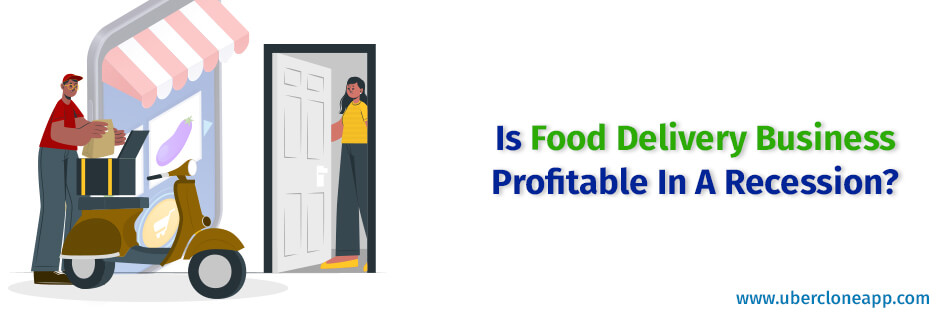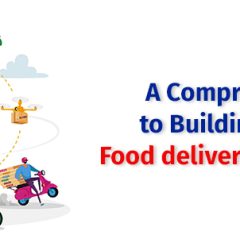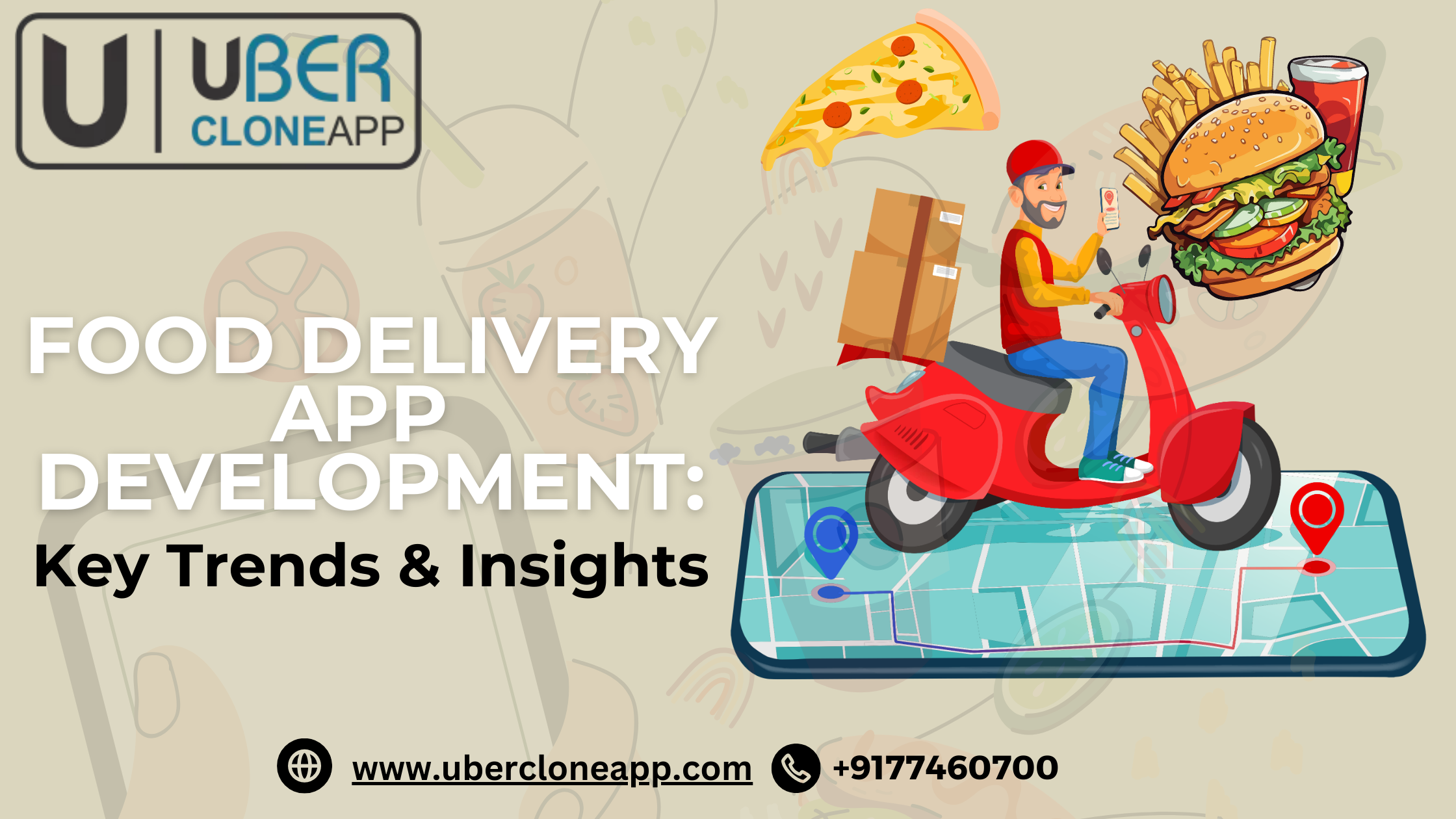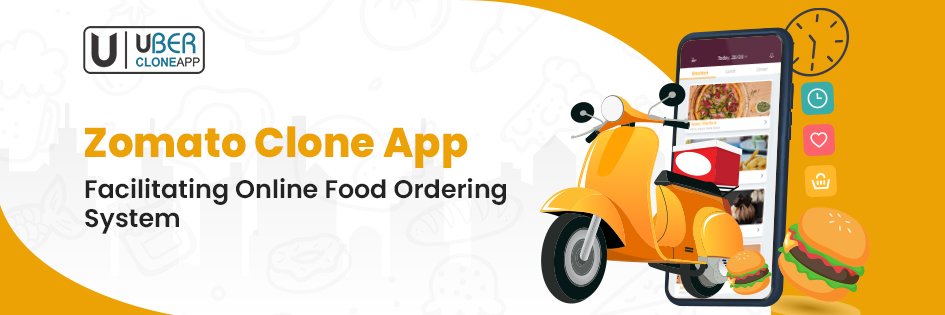
There was a time when food delivery businesses were getting into the market, trying to hold the grip. Startups like Uber, and DoorDash proceeded further with only one or two rivals. They grew up with time and saw an unexpected hike. Other businesses started investing in food delivery app development and the industry became competitive.
After the arrival of the pandemic, it became difficult for some of them to survive. Then in the mid-pandemic and post-pandemic, they were rising again. Now, the dynamics have changed again. The road to success for food delivery businesses is rocky and full of ups and downs. Even though people are preferring to order online more than going to a restaurant to dine in.
Still, the food delivery businesses are struck up with chaos. Some of them are making profits and some are hitting the ground badly. Many factors contribute to the growth or downfall. Let us analyze the stats of online food delivery businesses to understand how they make a profit or loss.
Business Model of Online Food Delivery Startups
After investing in food delivery app development, the business chooses the business model. Mainly, there are two business models- The Aggregator Model and the Inventory Model. Before revealing the statistics of loss and profit, let us tell you more about how these startups earn.
I. Aggregator Model
The aggregator model is usually preferred by giant food delivery platforms. In this mode, the platform let the customers order from the listed restaurant. Then they collect the food and deliver it to the doorstep of the customer. Here, the app company charges both the restaurant and the customer. That’s their business model. They own the platform and delivery fleet as well. Food companies like JustEat, Delivery Hero and Uber Eats follow this model. It demands capital for both food delivery app development and delivery fleet management.
However, there are two parts to the aggregator business model as well.
II. Order and Delivery Model
It is a straight business model that involves three parties – the platform owner, the restaurant owner, and the delivery service company. Each one of them takes responsibility for their work and charges for it. The third-party that manages delivery services is either a courier or a logistics company. They tie up with food delivery platforms and restaurants. The biggest challenge platform owners face while setting up this model is aligning with delivery services and onboarding agents for delivery. Mostly, startups fail on this point only as late deliveries hinder their growth and result in loss of customers. However, if the collaboration is successful then they can expect notable growth in their business.
III. Integrated Model
The integrated model is one of the most sort business models for food delivery startups. Here, restaurants and platform owners manage the delivery services together. Many restaurants have a workforce for food delivery. All they need is a partner to invest in food delivery clone script or app development. In this model, admins manage the platform and look after the delivery operations as well. Whereas resources for delivery are provided by the restaurant owners. There are no third-party services involved in the business.
In our opinion, the biggest challenge that start-up owners face in this model is tying up with restaurants. They are bound to select those outlets that have the resources to manage delivery operations. This particular limitation restricts their growth and sometimes becomes the primary cause of loss.
IV. Inventory Business Model
For understanding the Inventory Business Model, you can take the example of Domino’s, McDonald’s, and Burger King. Here, the restaurant chains own everything including food varieties, food delivery app development, and delivery fleet management. They hire a third party as employees to run the business. They neither partner with anyone nor let other restaurants register on the platform and serve their customers. Though this model is solely profitable for large restaurants or fast food chains. New startups will make nothing but face huge losses for not being able to manage the inventory.
Performance of Food Delivery Apps
The food delivery market has witnessed remarkable growth after the pandemic. In 2021, mid-pandemic they recused restaurant chains from closing down their business. Still, the reports that have come out are a topic of debate. Let us have a look at the performance of food delivery startups.
- China is the winning country in food delivery startups with a market share of over $27.3 billion in 2021. Meituan and Ele.me capture 90% of the food delivery market in the world.
- By 2029, the food delivery business is estimated to hit a $320 billion market size.
- During the pandemic, many of them enjoyed triple-digit growth rates.
- Among all food delivery startups, Uber Eats is the most loved and famous food delivery app. The company’s services are available on 6 continents. People all over the world prefer ordering food from Uber Eats.
- In the U.S., DoorDash captures a 50% food delivery market share.
- Businesses based on the Aggregators model target 40 to 50% EBITDA margins before goods and service taxes, depreciation, interest, and amortisation.
- Apart from Uber Eats, the other four players – Delivery Hero, Foodpanda, GrubHub, and Just Eat have achieved a global scale. They have become the biggest competitors for existing and upcoming food delivery startups.
- For example- Delivery Hero & FoodPanda got €100 million as a new investment in the year 2015. Which is a milestone for any business to achieve. After this information, more and more businesses started investing in the food delivery clone script. It invited new players and potential competitors from all over the world.
- Contrary to the Aggregator model, start-ups based on the new delivery model enables customers to compare the prices, offerings, discount, and meal delivery time. They offer logistics services to restaurant chains and despite bearing the cost of logistics they achieve 30% and more EBITDA before expenses.
- They are covering high-end food joints, hotels, and restaurants that were not used to delivering food earlier.
- According to statistics, the market capacity for new delivery startups will hit €20 billion by 2025.
Uber Clone research reports say that the growth of food delivery start-ups will see a better future. Only if the businesses can manage their expenses and choose a profitable model. In absence of capital and effective management, they might hit the ground since the competition is too high in the market. In our opinion, you should put your money into food delivery app development if you know how to handle it well. There is a huge space for growth in the industry so it will surely scale up.
Will Food Delivery App Businesses Survive The Recession?
We have already discussed the current status of food delivery startups. Now, it’s time for us to know what the future has stored for them. Will they survive the upcoming recession? Will they be able to meet the customer’s expectations and serve the same quality at the same price? Or will there be a hike in prices? Let us discuss this in detail.
- According to the status of the Bloomberg survey, food delivery apps will be affected by inflation and higher food cost. Amid recession, people will prefer dining in restaurants, takeaways, and cooking at home than paying for food delivery. Inflation may promote the money-saving habits of people as cutting off delivery expenses may not cause them a greater inconvenience. Besides, the hike in fuel charges will put an extra burden on these startups. Even now, many startups have hiked their prices as they were unable to make profits due to rising fuel prices.
So what’s gonna save these companies from the recession? Let us tell you!
- To avoid this situation, companies are turning to consolidation. Three main market players DoorDash, Uber Eats, and Grubhub are already figuring out ways to consolidate.
- The Cloud kitchen model is their second option. Since cloud kitchens only offer takeaways and deliveries. This model may benefit food delivery startups as people won’t have any option but to accept home delivery.
- Beyond these two, vertical integration and business expansion are other options that can save them from the recession. They can survive the ordeal if they cover more cities and target a wider audience base.
Uber Clone’s Opinion
After doing enough research, experts at Uber Clone app stated that the upcoming recession could be a tough phase for them. Although operation management and consumer behaviour will play a pivotal role in deciding the growth rate. People are getting accustomed to eating outside but they don’t have time to travel to the food joint. Food delivery businesses fill this need and they can cash on this gap forever. Apart from it, efficient management and cost-cutting will help them survive the recession. If you want to invest in a food delivery clone script then that’s the ideal time to do it. The market would be low, so you may get a better and cheaper deal.
Moreover, food delivery startup profitability will depend on their quality services and price range. If the businesses can crack the codes they will be in profit. Otherwise, they will have to bear the loss.



